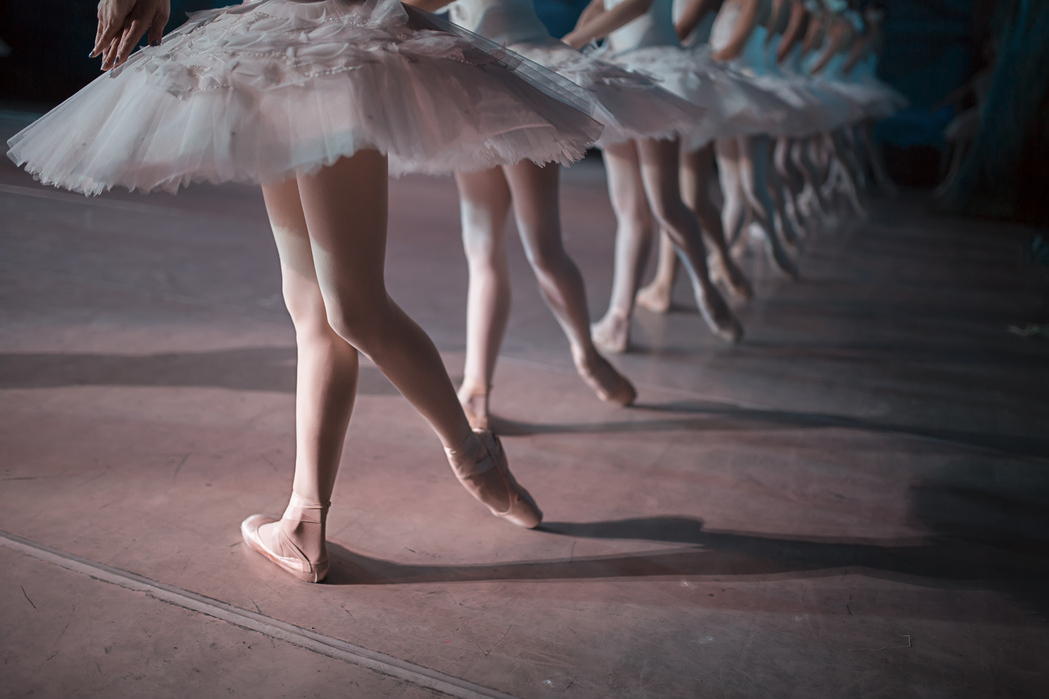Are you, or do you know, a dancer who is about to begin the next stage of their ballet training and transition to pointé?
Has your teacher asked you to obtain a pointé assessment before getting the green light?
Beginning pointé repertoire is an exciting time in a dancers career; however, with this excitement comes an increase in risk of overuse injuries such as tendinopathies, ankle impingements and bone stress injuries.
So what exactly is a pointé shoe, what does pointé work entail and why does the risk of injury increase with a simple change in shoe?
The pointé shoe was first developed in 1832 and its introduction allowed ballerinas to rise to the tips of their toes and float across the stage. At its most basic level, the pointé shoe is a tool for the ballerina, much like the scalpel is to a surgeon or a hammer is to a carpenter. Unlike a running shoe, which has been changed extensively over the years to improve biomechanical performance, the design of the pointé shoe has not changed much since its inception. The pointé shoe is made up of an outer layer of satin, a toe box, a shank and a flexible rubber or suede sole that is held onto the foot via ribbons and elastic. A pointé shoe is not made to be grown into, it must be fitted specifically for the dancer.
Dancing en pointé alters the biomechanics of ballet, that is, it changes the way the external forces act on your body. To dance on relevé in a soft satin shoe, demi pointé is achieved through rising onto the ball of the foot and plantarflexing (pointing) through the ankle joint. On the other hand, in order to achieve full relevé en pointé, the dancer must come up and over the toe box, requiring the plantarflexion of the ankle joint and the big toe.
Simply walking in pointé shoes increases the forces going through the foot, while relevé en pointé further compounds the pressure. Pointé shoes absorb some of the impact of jumping, but the load is also distributed throughout the foot and ankle complex. The greatest pressure acting on the foot occurs during the transition to full pointé while the big toe bares the greatest pressures while settled on pointé. As pointé shoes change the way forces act upon the body, it is imperative that the dancers have the adequate strength and technique in order to withstand these abnormal forces to prevent injury.
In a physiotherapist lead pointé assessment, the physiotherapist will ascertain lower limb strength and endurance (with greater interest on the calf muscle) and measure angles of the body such as ankle flexibility, big toe flexibility and hip rotation range aimed at minimising overuse injuries. The physiotherapist will also assess the technique of common ballet skills such as a relevé and rise to decrease the risk of acute injuries such as ankle sprains. Once the dancer is measured as satisfactory along all components, they get the clearance to be fitted for pointé shoes. The pre pointé process often takes 2-3 sessions with the dancer obtaining exercises to strengthen the foot and ankle and address any areas of concern. Whilst rare, it is also important to note that some dancers may not be suitable for pointé due to their innate foot and ankle flexibility.
An exciting time in a dancers training, pointé repertoire requires hard work and dedication to not only obtain the shoes, but to remain on them safely and without injury. Receiving a pre-pointé assessment from a physiotherapist with dance experience ensures that the eyes on your feet know the intricacies of ballet, speaks the language of dances and understands the physical nature of ballet training.
For more information, or to book a pointé assessment with Physiotherapist Bradley Smith, please call us on 9481 5744.




